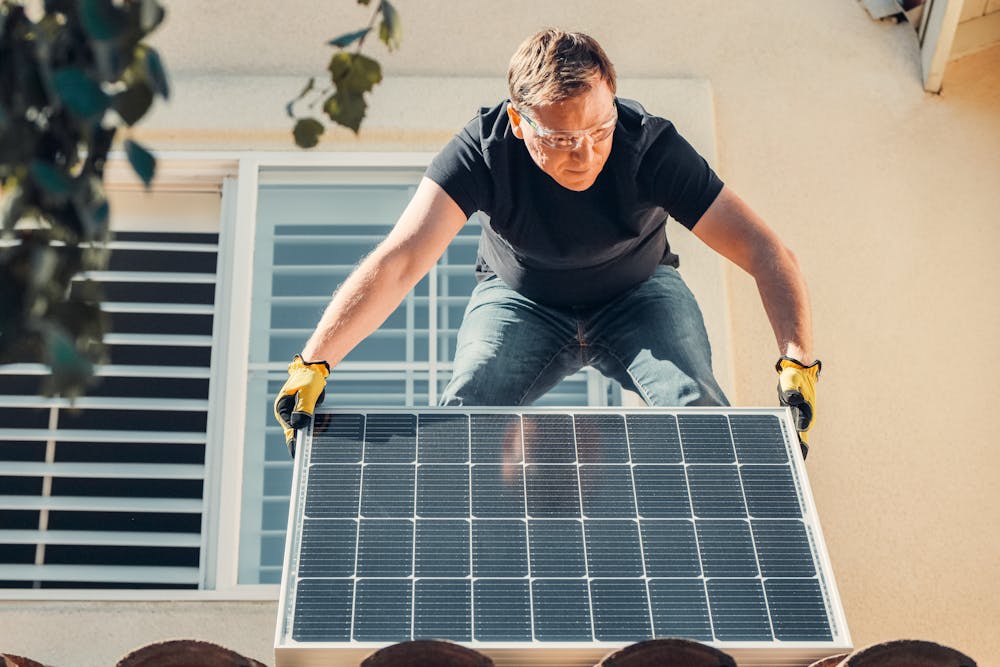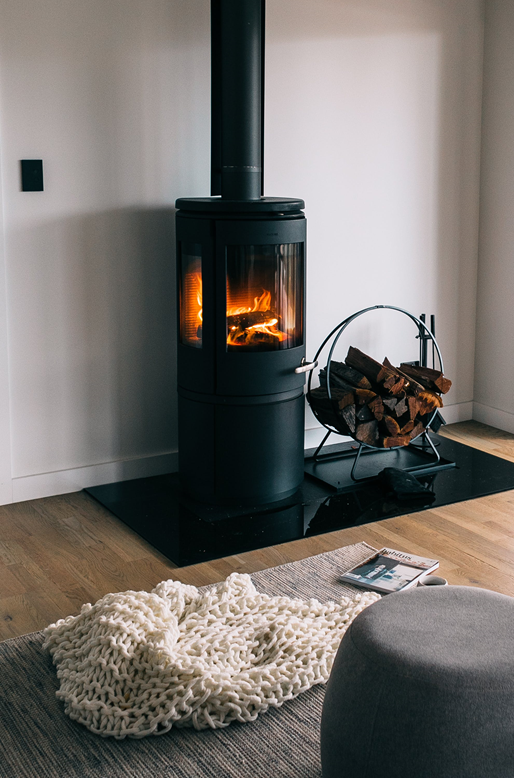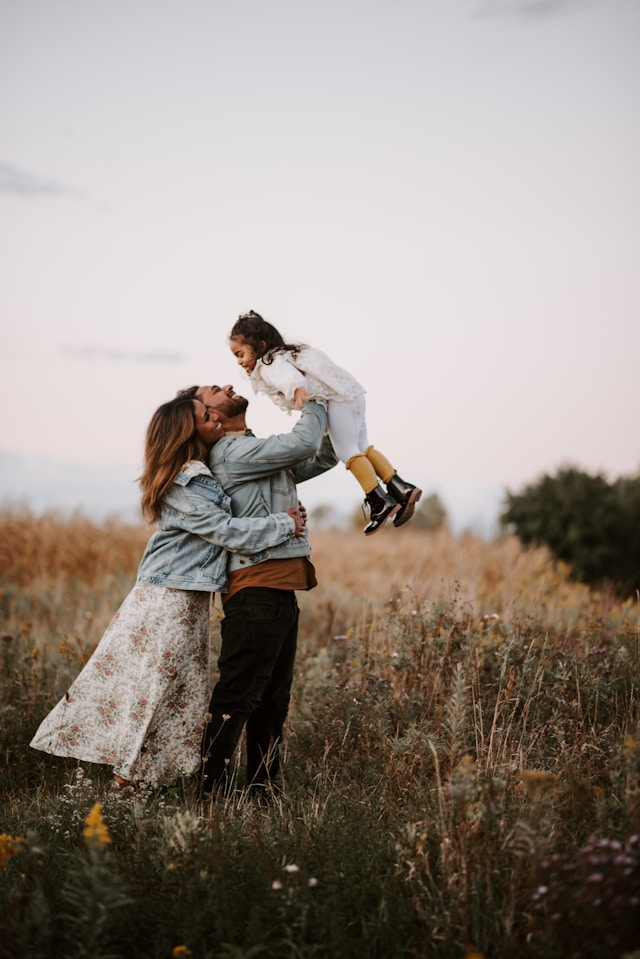We Brits love our creature comforts. We’re also increasingly concerned about the environment, right? Well, you know what? You can kill two birds with one stone with these renovations that will add cosiness while also making your home greener too!
1.Insulation: The Hero You Need
Before you start dreaming of solar panels, green roofs, and bamboo floorboards, let’s talk insulation. Because, let’s be honest, if your walls and roof are about as effective as a colander at keeping heat in, you might as well be burning money (and not in a fun “making it rain” way). Proper insulation is the first line of defence against the bitter British winters and the occasional scorching summer heatwave (all two days of it).
Loft Insulation and Wall Cavities
Loft insulation is your best friend. Add a thick layer—around 270mm of mineral wool is standard—if you want to keep the heat where it belongs: inside your house. And if your home has cavity walls, make sure they’re not as empty as a biscuit tin the day after payday. Cavity wall insulation helps trap warmth, turning your lounge into a toasty haven rather than a walk-in freezer.
Draught-Proofing
Don’t forget the small stuff, either. Draught-proofing doors, windows, and even keyholes can do wonders. There are kits out there for every possible gap—try not to look at it as a chore, but as a quest to eradicate each tiny airflow saboteur that stands between you and your dream cosy home. You might just notice a drop in your heating bills, too.
2.Let There Be (Energy-Efficient) Light
Gone are the days when energy-saving bulbs meant your living room looked like a 1990s rave under flickering fluorescent lights. Modern energy-efficient LED bulbs are bright, warm, and, crucially, don’t use enough electricity to keep the national grid manager awake at night. With an array of stylish designs—from retro Edison bulbs to colour-changing party lights—you can illuminate your home while cutting back on emissions and saving a bundle on your electricity bill.
Smart Lighting Systems
If you really want to show off your tech-savvy side (and give your eco-credentials a boost), consider a smart lighting system. You can dim or brighten your lights via an app, turn them off when you leave for work, and even set timers so your hallway isn’t lit up like Heathrow’s runway at 3 a.m. Just because your cat likes a midnight stroll doesn’t mean it needs halogen spotlights to guide the way.
3.Heating Habits: Small Tweaks, Big Impact
Thermostat Wars
Everyone’s been in a thermostat battle at some point. (“Who’s turned it down to 18°C? I’m freezing!” vs. “We can’t afford to heat the whole street!”) But as dull as thermostat talk can be, it’s one of the simplest ways to manage energy usage. Even turning it down by 1°C can cut your heating bills by a significant chunk. And let’s be honest, you might not even notice the difference—especially if you add another layer of that hideous Christmas jumper your mum bought.
Zoning
Feeling fancy? Look into zoning your heating system. By only heating the rooms you use the most, you’ll avoid turning spare bedrooms into tropical jungles. Pair that with a programmable or smart thermostat, and you’ll be the proud owner of a heating system that’s as tailored to your daily routine as your morning coffee habit.
4.Windows to the (Green) Soul
If insulation is the underrated hero, windows are the dramatic divas that can make or break your cosy ambitions. Single-glazed windows let heat escape faster than your neighbour can say, “Fancy a cuppa?” Double or triple glazing, on the other hand, holds onto heat like your nan clutching her handbag on the night bus.
Glazing Upgrades
If you’re still living with single-pane windows (and you aren’t keen on an authentic Dickensian vibe), upgrading to double glazing is a no-brainer. Triple glazing can be beneficial too, particularly in colder regions or if your house fronts a busy road—hello, noise reduction! If full window replacement isn’t on the cards just yet, secondary glazing films can help a bit in the interim. It’s not the perfect solution, but it’s like wearing a cosy jumper over your T-shirt until you can afford a coat.

5.Renewable Energy Sources (Because the Future is Here)
Alright, so you’ve blocked draughts, replaced your bulbs, and embraced the wonders of double glazing. Time to take things up a notch with renewable energy. Think solar panels, air-source heat pumps, or ground-source heat pumps (if you’re feeling extra fancy).
Solar Panels
Solar panels aren’t just for sun-worshippers living in the Med. In the UK, you can still generate a surprising amount of power even on cloudy days. Pair them with a home battery system, and you could be storing energy to use at night, too. Not only will you cut down on your carbon footprint, but you might also earn a bit of cash selling surplus power back to the grid. Who doesn’t love a side hustle?
Heat Pumps
Heat pumps are more efficient than an overly eager teacher’s pet, transferring heat from either the air or ground outside into your home. You will need a bit of outdoor space for an air-source pump, or a larger plot for a ground-source version, but the energy savings can be enormous—especially if you’re trading in an ancient boiler that’s practically from the Industrial Revolution.
6.Go Green with the Eco-Friendly, Wood-Burning Stoves
What’s cosier than a roaring fire on a chilly evening? Enter the eco-friendly, wood-burning stove—the perfect blend of rustic charm and modern green sensibilities. The new wave of stoves is designed for minimal emissions, making them a far cry from the smoke-belching open fires of yesteryear.
Choosing the Right Stove
When you’re on the hunt for the best eco-friendly, wood-burning stoves, look for DEFRA-approved models or stoves with an Ecodesign Ready label. These beauties meet stricter emissions standards, so you can snuggle up to flickering flames without cringing at what’s going into the atmosphere. Plus, wood is a renewable resource when sourced responsibly. Opt for well-seasoned or kiln-dried logs, or even sustainable wood briquettes, to ensure a clean, efficient burn.
7.Water Conservation: Not Just About Taps
When it comes to being green, water usage often gets overshadowed by the big players like heating and electricity. But saving water is about more than just turning off the tap when you brush your teeth. Installing low-flow showerheads and dual-flush toilets can slash your water bills, while rainwater harvesting systems are a brilliant way to keep your garden looking lush without tapping into the mains supply.
Greywater Recycling
Feeling particularly adventurous? A greywater system reuses water from your sinks, showers, and washing machines for things like toilet flushing or watering plants. It might sound like a science project gone rogue, but it’s a perfectly legitimate way to cut down on wasted water. And let’s be honest, your plants don’t care if their hydration comes from your morning shower or the sky above.






